No Bone Dental Implants
Severe atrophic maxilla (upper jaw with very little bone).
The thin jaw bone is seen, there is not enough bone to place any implants. This is the area where flabby gum tissues overgrow, dentures move and patients describe this as a squishy sounds/feeling loose.
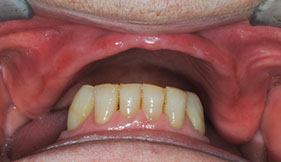
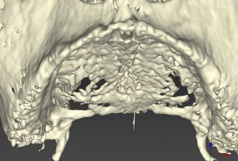
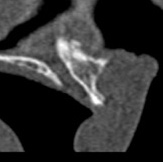
What Patients Experience
Some of the dilemmas denture wearers experience include sore spots on the gums, less biting pressure, more denture movement and an inability to eat many foods. Loose dentures move around and cause embarrassment in public. Some denture wearers have difficulty speaking with whistling or clicking of denture teeth. Many people who wear dentures also complain that food tastes bland. With the number of medicines that different people are on the gums swell and shrink, adding more fit challenges, this is also true with weight loss, dentures will become loose.
Patients, who have been told that they do not have enough bone for successful dental implant treatment, feel discouraged and overwhelmed by the limited number of options presented to them by their dentists. Many of these patients are presented with a choice of removable dentures or lengthy and invasive treatment protocols.
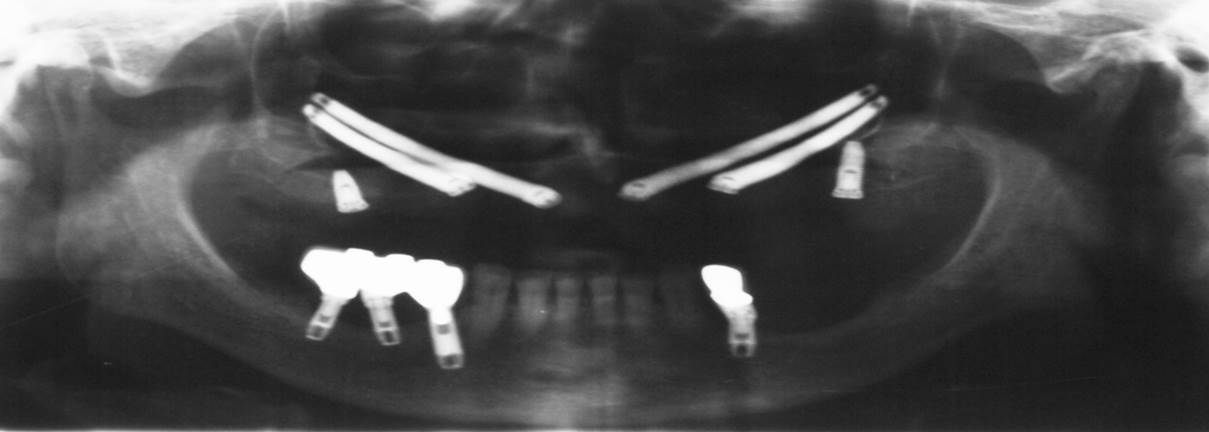

no bone implants
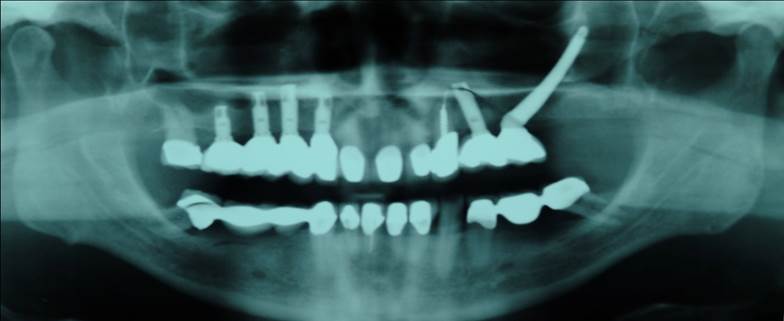
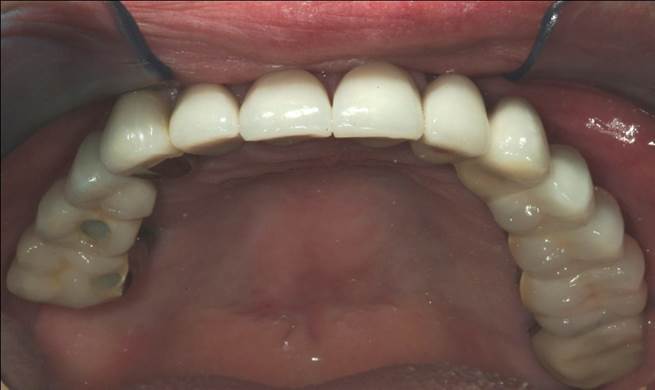
single no bone to salvage one side
Treatment Choice
The no bone dental implant option provides patients with non removable final teeth similar to the conventional treatment option. This protocol does not require bone augmentation and significantly reduces total treatment time for the patient compared to alternative procedures.
Explaining the Treatment
The development of cone beam CT scanning technology and 3-D treatment planning software (NobelClinician powered by Procera [Nobel Biocare]) have allowed patient treatment to be expedited and minimally invasive. Using these technologies, complex cases can be treatment planned virtually to produce a CAD/CAM surgical template to place the implants in a precise, predetermined position. This process, in conjunction with Zygomatic implants (Nobel Biocare) and the Teeth In One Day protocol, allows all patients, no matter the severity of bone atrophy, to be treated with immediate functional loading in a single surgical procedure. Upon adequate stabilization with bone growing around the implants a new final non removable teeth are fabricated (CAM) with a titanium framework PIB (Procera Implant Bridge) to support the acrylic teeth.


